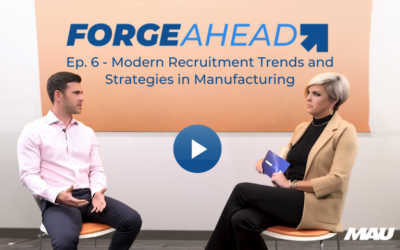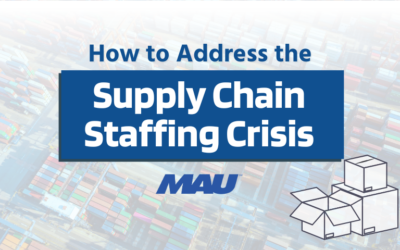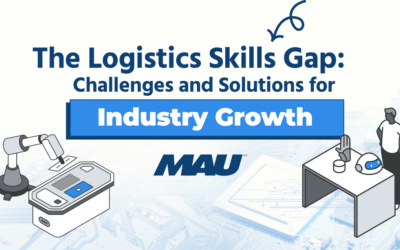For decades, the manufacturing industry has been a driving force in global economies, providing work to millions of people every year. However, in recent years manufacturers have experienced ever-growing pressures from outside market forces and competition that can only be met through modernization— creating a skills gap and leaving traditional laborers feeling left behind and unable to keep up with the technological advances shaking up their industries.
This lack of knowledge and understanding has created an increasingly noticeable skills gap between what is available in labor forces versus what employers need—leading to some rising concerns about how manufacturers will stay competitive while still maintaining a viable workforce.
What’s Causing the Skills Gap?
As our world evolves, demands are constantly shifting and technology must keep up. We cannot continue relying on outdated systems if we want to remain competitive and efficient. The need for new technologies has never been more pressing. From automation and artificial intelligence to advanced analytics and the Internet of Things, the possibilities are endless.
Embracing these innovations may require a significant investment, but the long-term benefits are substantial. By staying ahead of the curve with cutting-edge technology, we can improve productivity, reduce costs, and enhance the overall customer experience. With the right tools at our fingertips, anything is possible.
However, the lack of skilled workers in the field has been an unintended consequence of this growth and has had an adverse impact on the industry. The manufacturing skills gap refers to the mismatch between the skills that job seekers have and what employers require. Mechanization has improved efficiency, but it has also upped the demand for skilled and highly specialized labor.
As a result, businesses are grappling with an alarming shortage of workers with the necessary technical knowledge, expertise, and qualifications to fill critical jobs.
How Can We Bridge This Gap and Preserve the Workforce?
As the manufacturing industry continues to evolve with the integration of artificial intelligence (AI), robotics, and automation, it has become increasingly important for the workforce to receive proper job training and education. The days of repetitive assembly line work are dwindling, as more complex technology is implemented.
In order for tomorrow’s workers to be successful, it is crucial that they possess the technical skills necessary to thrive in a constantly evolving workforce. With advances in technology happening at a breakneck pace, employers are finding it increasingly difficult to find workers with the right skill sets to fill open positions.
By investing in training and development programs, workers can acquire the necessary skills to keep pace with the demands of the modern workforce. This not only enhances the employer’s productivity but also creates a more confident, capable workforce that is better prepared for the challenges of tomorrow. Ultimately, bridging the skills gap for tomorrow’s workers is essential to ensuring a sustainable, thriving economy for years to come.
Finding the Perfect Solution For Your Business
Developing creative and effective solutions to this issue is key, and it requires a commitment to innovation and forward-thinking strategies. From training programs and mentorship opportunities to hands-on experience and the use of cutting-edge technology, there are many ways to equip employees for success in a rapidly changing industrial landscape.
The key is to stay ahead of the curve and be willing to embrace change and disruption. With the right approach, it’s possible to create a workforce that is ready to tackle whatever challenges may come their way.
This is an exciting new era in manufacturing, and with the right strategies, businesses can stay competitive while still ensuring their workforce remains equipped to handle whatever comes next.






